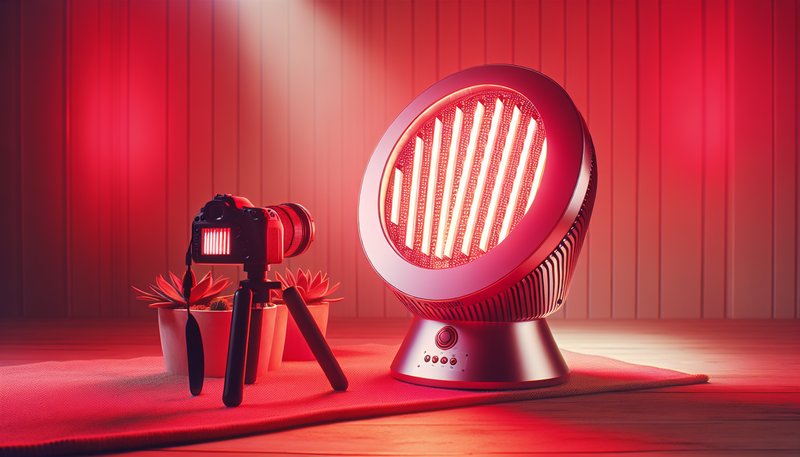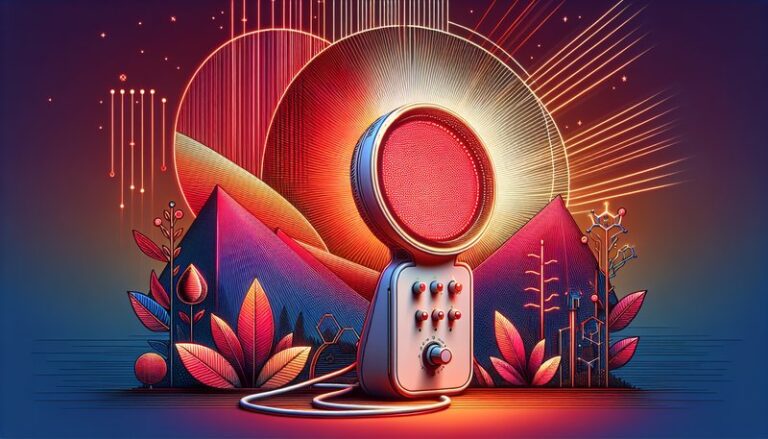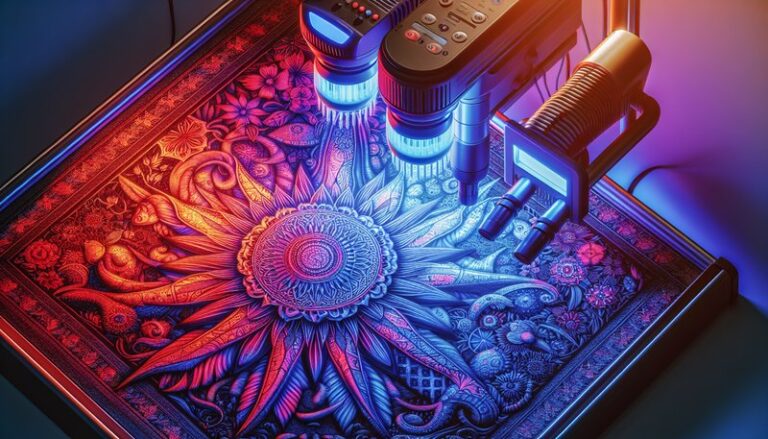What Wavelength Should Red Light Therapy Be?
What Wavelength Should Red Light Therapy Be?
Have you ever wondered how red light therapy can benefit your health, and more specifically, what wavelength is most effective?
This article will explore the optimal wavelengths used in red light therapy, elaborate on the benefits associated with these wavelengths, and guide you on what to consider before starting treatment. We’ll also look at alternatives to red light therapy and answer some common questions regarding this innovative therapy.
Key Takeaways
- Wavelengths between 600nm and 650nm are generally most effective for skin-related issues.
- Wavelengths in the range of 800nm to 850nm are known for deeper tissue penetration.
- Red light therapy offers a variety of health benefits, but there are important considerations to keep in mind before starting.
What is Red Light Therapy?
Red light therapy (RLT) is a non-invasive treatment that utilizes specific wavelengths of light to promote healing, reduce inflammation, and improve overall health. It involves exposure to low levels of red or near-infrared light, which stimulate cellular processes in your body.
This therapy can be administered through various devices, including LED panels, handheld devices, and even lasers. Depending on the device, the specific wavelength can vary, but they all typically fall within the red to infrared spectrum.
The most common wavelengths used in red light therapy are approximately 600 to 650 nanometers (nm) for red light, and 800 to 850 nm for near-infrared light.
For more insights, see Red Light Therapy for Wrinkles?
What are the Benefits of Red Light Therapy?
Red light therapy brings with it a multitude of benefits that make it an attractive option for various health concerns. We will delve into the most notable advantages below.
Enhances Skin Health
Red light therapy is particularly effective for improving skin conditions such as wrinkles, acne, and scars. Studies have shown that exposure to red light can accelerate collagen production, which contributes to skin elasticity and reduces signs of aging.
Promotes Wound Healing
The application of red light therapy can significantly speed up the healing process of wounds and injuries. The light stimulates ATP production in cells, which energizes the healing process and reduces inflammation.
Reduces Pain and Inflammation
RLT has been shown to alleviate pain associated with conditions such as arthritis and muscle soreness. By improving circulation and reducing inflammation, red light can provide relief without the need for pharmaceutical interventions.
Improves Hair Growth
Research indicates that RLT may promote hair regrowth in individuals suffering from hair loss. The stimulation of hair follicles through red light exposure can improve cellular function and enhance hair density.
Is it Possible to Change Wavelengths in Red Light Therapy?
The wavelengths used in red light therapy are carefully chosen based on the desired therapeutic effects. While it’s not common to change the wavelengths manually, understanding the importance of correct wavelengths is crucial.
What are the Advantages of Using Specific Wavelengths?
Using specific wavelengths in red light therapy offers targeted benefits for various conditions. Here’s a breakdown:
Targeted Results
Different wavelengths penetrate to different layers of the skin and tissue. For example, using 630 nm to 650 nm wavelengths is ideal for surface-level skin issues, while 800 nm to 850 nm can penetrate deeper for pain relief.
Improved Efficacy
By utilizing the correct wavelengths, the efficacy of treatment is significantly enhanced. This ensures that you are maximally benefiting from the therapy, whether for skin rejuvenation or pain relief.
Tailored Treatments
With the range of available wavelengths, practitioners can tailor treatments to individual needs. This flexibility allows for personalized therapy sessions based on specific health goals.
What are the Things to Consider Before Start Red Light Therapy?
Before beginning red light therapy, there are several crucial considerations to keep in mind.
Skin Sensitivity
Individuals with sensitive skin should approach red light therapy with caution. It may cause redness or irritation in some people, so starting with lower doses and shorter sessions is advisable.
Health Conditions
Consulting with a healthcare provider before starting RLT is essential, especially for those with existing medical conditions or those who are pregnant. Some conditions may not be suitable for light therapy.
Device Quality
Not all red light therapy devices are created equal. Research the quality and specifications of the device to ensure it offers the appropriate wavelengths for your therapeutic needs.
What are the Alternatives to Red Light Therapy?
If red light therapy isn’t suitable for you or if you’re seeking other options, several alternatives can also offer health benefits.
Infrared Saunas
Infrared saunas utilize infrared light to heat the body, promoting detoxification, relaxation, and improved circulation. They can offer some similar benefits to red light therapy but on a broader scale.
Cold Laser Therapy
Also known as low-level laser therapy (LLLT), this technique employs low-intensity lasers to treat pain and injuries. It utilizes wavelengths similar to those in red light therapy.
Photodynamic Therapy (PDT)
PDT combines light with photosensitizing agents to treat acne and certain skin cancers. This method also relies on specific light wavelengths to activate the treatment.
Conclusion: Is it Recommended to Use Red Light Therapy?
Red light therapy presents a promising option for improving skin health, enhancing wound healing, and alleviating pain. The effectiveness largely depends on the specific wavelengths used in the therapy. It’s essential to consider personal health circumstances and device quality when deciding on treatment.
Consulting with a healthcare professional can provide further clarity and help tailor the therapy to your needs, ensuring the most beneficial outcome.
Frequently Asked Questions
What wavelengths are best for skin rejuvenation?
Wavelengths ranging from 600 nm to 650 nm are ideal for skin rejuvenation, as they effectively stimulate collagen production and promote cellular repair.
Learn the details in Can I Do Red Light Therapy at Home?
Can I use red light therapy every day?
Yes, many individuals benefit from daily sessions of red light therapy, but it’s important to assess your skin’s response and consult with a professional for personalized recommendations.
How long does a red light therapy session last?
Most sessions last between 10 to 20 minutes, though this can vary based on the device and desired outcome. Always follow the manufacturer’s guidelines for optimal results.
Are there side effects of red light therapy?
While generally safe, some individuals may experience temporary redness or irritation. Monitoring your skin’s response is recommended, and discussing any concerns with a healthcare provider is wise.
Is red light therapy proven to work?
A growing body of research supports the efficacy of red light therapy for various applications. However, individual results may vary, and consulting with a healthcare professional can provide personalized guidance.






